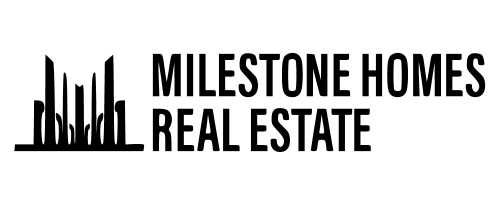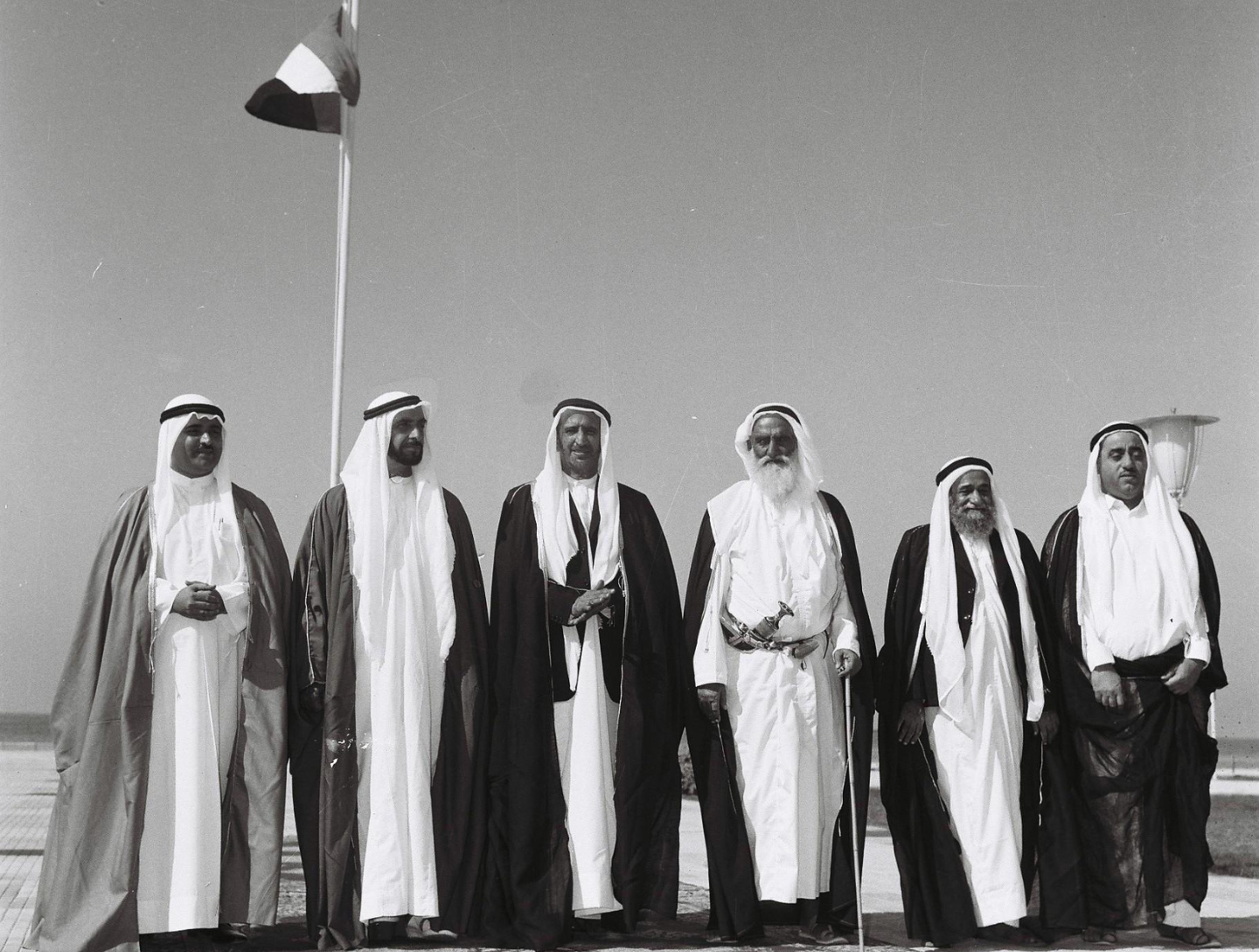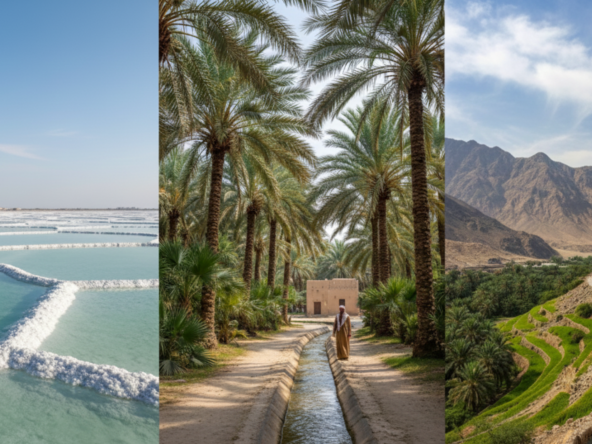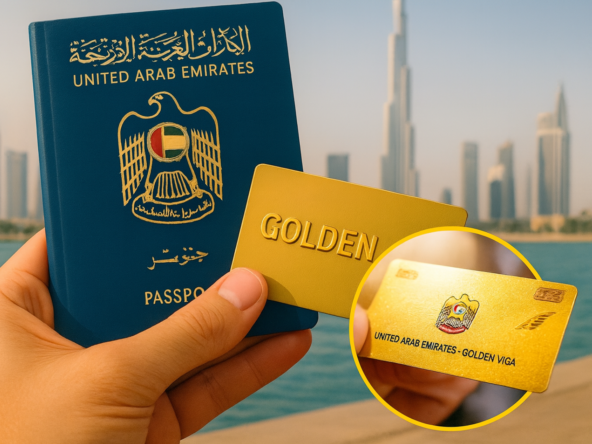When we look at the Dubai population in 2025, it is hard to imagine how small the city once was. Today, Dubai is home to nearly four million people and is part of a UAE population of more than 11 million. But just a century ago, the entire region had fewer people than a small town.
In 2025, Dubai stands as one of the most diverse cities in the world. Emiratis today make up about 12% of the UAE’s total population, while the rest is a mix of expatriates from nearly 200 different nationalities.
According to the World Health Organisation, the country’s population is still on track to reach 15.4 million by mid-century. For residents and investors alike, this shift means that Dubai’s story is no longer just about growth; it’s about sustainable progress, innovation, and building a futuristic city.
This incredible journey of growth tells the story of how Dubai transformed from a village into one of the world’s most impactful global cities.
Dubai Population Growth Overrides Other Countries
Over the past 50 years, the population of Dubai, and the country as a whole itself has grown at a massive rate. Compared to 1975, the UAE’s population increase is extraordinary, while countries like the United States and France have grown only about 1.5 times in the same period.
The statistics are mind-blowing. The population across the seven emirates has increased nearly 250 times since 1901, marking a 24,900% increase. In comparison, the United States population has merely quadrupled, and France has yet to double its numbers.
Looking at the broader Middle East, Egypt’s population has tripled between 1975 and 2025, growing from 38.9 million to 118.4 million. Saudi Arabia has seen nearly eightfold growth, expanding from 4.6 million to 34.6 million. This expansion highlights the UAE, and particularly Dubai, as a global population hotspot.
Early 1900s: The First Records of Population
At the start of the 1900s, the seven emirates were known as the Trucial States under British protection. In 1901, the first recorded census showed around 44,000 people across the seven emirates. Most worked in pearl fishing, date farming, and small-scale trade.
Dubai at that time was a small coastal settlement with only a few thousand residents.
In the same year, one of the earliest photos of the UAE was taken. It shows Qasr Al Hosn in Abu Dhabi, captured by Samuel Zwemer in 1901.
1968: Dubai Population and UAE Growth Before Unification
Almost seven decades after the first census, British officials once again estimated the population of the seven emirates. By 1968, Britain decided to withdraw from the Gulf.
By 1968, the population of the emirates had grown to 180,000. Dubai had the largest population at 59,000, with almost all residents living in the city itself. Abu Dhabi had 46,500 people, with 22,000 on Abu Dhabi island and 13,000 in Al Ain and nearby villages. Sharjah followed with 31,500 residents, Ras Al Khaimah had 24,500, Fujairah had 9,700, Ajman had 4,200, and Umm Al Quwain, the smallest, at 3,700.
This was also the year when Sheikh Zayed bin Sultan Al Nahyan and Sheikh Rashid bin Saeed Al Maktoum agreed to form the foundations of the UAE.
This census highlighted the growing Dubai population and the overall development of the UAE.
1975: Dubai’s Population After the First Census
Just four years after the UAE was formed, the country conducted its first census to support nation-building efforts. The results were surprising: the population had reached 557,877, tripling in only eight years.
Dubai’s population had grown to 183,187, including 50,816 Emiratis, while Sharjah reached 78,790, with 41,227 nationals. Ajman had 16,690 residents, nearly evenly split between Emiratis and non-nationals. Ras Al Khaimah, Umm Al Quwain, and Fujairah recorded the majority Emirati populations of 29,613, 4,458, and 13,102, with total populations of 43,845, 6,908, and 16,655, respectively.
Overall, the Emirati population totaled 201,544, representing about 36% of the country’s total population. This census marked a big moment in the growth of the Dubai population and the speedy development of the UAE in its early years.
1980: UAE Population Surpasses One Million
Just five years after the first UAE census, the second census in 1980 provided a more detailed look at the country’s population, including gender, age, and family size. For the first time, the UAE’s population exceeded one million, reaching 1,042,099.
Emirati nationals numbered 290,544, with 150,573 men and boys. The largest age group among Emiratis was children under four years old, totaling over 60,000. Among foreign nationals, the largest group was aged in their mid to late twenties, numbering more than 140,000.
Abu Dhabi remained the largest emirate with 451,848 residents, followed by Dubai with 276,301. Sharjah’s population had doubled to 159,317, while the other emirates saw steady growth as well.
This census highlights the rapid rise of the Dubai population and reflects the UAE’s early years.
1995: Rapid Population Growth Across the UAE
By 1995, the UAE’s population had almost doubled since 1980, reaching 2,411,041. Abu Dhabi’s population exceeded 900,000, while Dubai’s population grew to 689,420. Both cities had become major centers, supported by modern infrastructure and services.
Sharjah experienced the fastest growth, nearly tripling in just 10 years to 402,420 residents. The total number of Emiratis across the UAE was 587,300, making up about a quarter of the country’s population.
This period marked a significant stage in the expansion of the Dubai population and the continued development of the UAE.
2005–2025: Dubai Population and UAE Growth in the 21st Century
By December 2005, the UAE had conducted its first census of the 21st century. Following the death of Sheikh Zayed the previous year, Sheikh Khalifa bin Zayed Al Nahyan became President. Dubai and Abu Dhabi were rapidly transforming into global cities, with landmarks like the Burj Al Arab and Emirates Palace reflecting the country’s rise as an international destination.
The 2005 census recorded a total UAE population of 4,106,427. Abu Dhabi had 1,399,484 residents, while Dubai population reached 1,321,453. Emirati nationals numbered 825,495.
By 2011, the UAE shifted away from traditional door-to-door censuses, relying instead on visa data, birth and death records, and other official sources. The National Bureau of Statistics estimated the total UAE population at 8.26 million. Dubai’s population was approximately 1,970,000, surpassing two million by 2012, while Abu Dhabi reached 2,161,000. The high number of expatriate workers caused a notable gender imbalance, with almost three-quarters of Dubai’s residents being male.
Looking ahead to 2025, Dubai and Abu Dhabi now track their own population data. Abu Dhabi’s population was estimated at 3.85 million in 2023 and 4.14 million in 2024. The Dubai population is projected to reach five million in 2025. The total UAE population is expected to exceed 11 million, according to United Nations-based calculations.
Looking for properties that match Dubai’s growing population? Check out our latest properties in Dubai Investment Park.
How the Growth is Expected to Continue
According to United Nations forecasts, the UAE’s population is expected to grow by around 140% by the end of this century. For Dubai, this means its population, projected to reach 4 million in 2025. The city’s growth will be driven not just by natural increase but also by its ability to attract professionals, entrepreneurs, and families from around the world.
As a result, both Dubai and the wider UAE will remain among the fastest-growing and most diverse populations globally.
The growth of the Dubai population over the past century reflects the remarkable transformation of the UAE from small desert settlements. From just a few thousand residents in 1901 to an expected four million in 2025, Dubai’s rise shows the rapid economic, social, and infrastructural development of the country. This extraordinary population growth, alongside the expansion of Abu Dhabi and other emirates, highlights the UAE’s position as a cosmopolitan nation attracting people from across the world. As Dubai continues to grow, understanding its population trends offers valuable insight into the city’s future as a major international center for business, tourism, and innovation.
Sources: The National News




